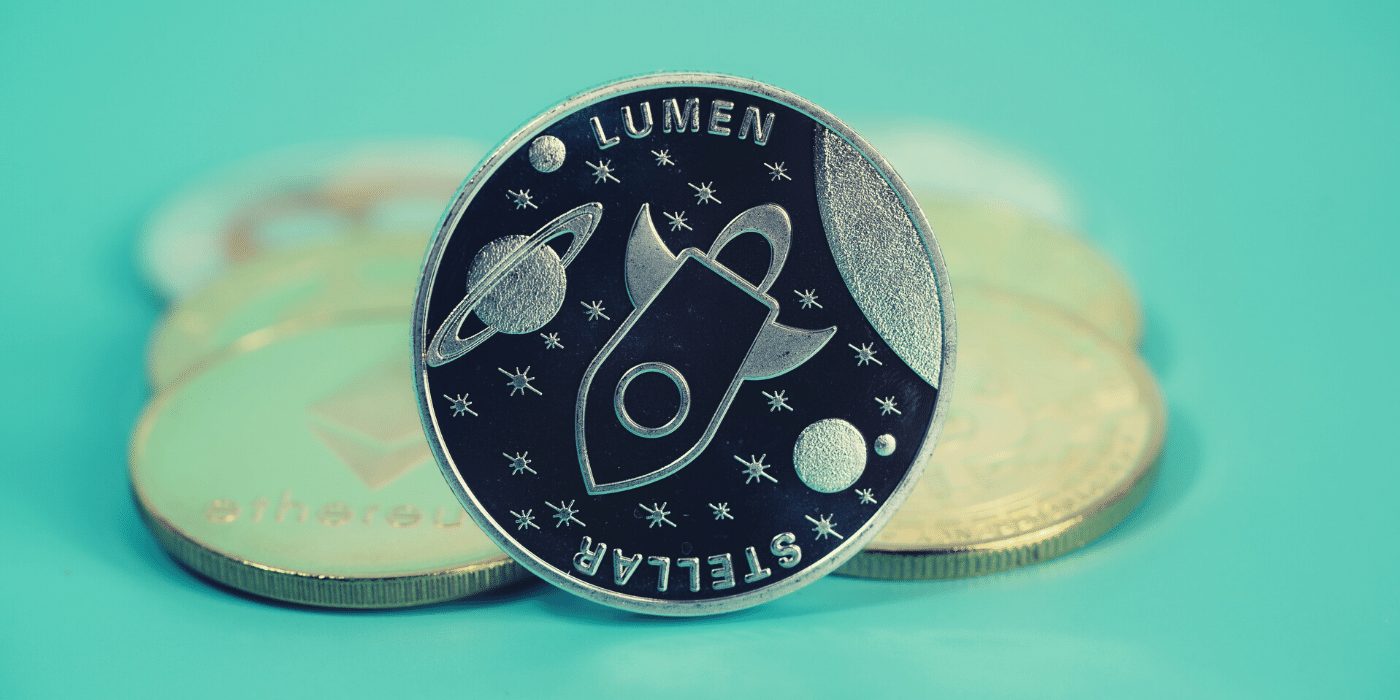Let’s take a closer look at today’s altcoins showing breakout signals. We’ll explain what the coin is, then dive into the trading charts and provide some analysis to help you decide.
1. Ethereum (ETH)
Ethereum ETH is a decentralised open-source blockchain system that features its own cryptocurrency, Ether. ETH works as a platform for numerous other cryptocurrencies, as well as for the execution of decentralised smart contracts. Ethereum’s own purported goal is to become a global platform for decentralised applications, allowing users from all over the world to write and run software that is resistant to censorship, downtime and fraud.
ETH Price Analysis
At the time of writing, ETH is ranked the 2nd cryptocurrency globally and the current price is US$1,858. Let’s take a look at the chart below for price analysis:

ETH has dropped 53% from its April highs and is now consolidating above many swing lows formed in summer 2021, near $1,700.
An inefficiently traded area could provide the closest near-term resistance. This area is between $1,852 and $1,924.
If the price stays nearby, it’s more likely to serve resistance. This zone is near the June monthly open, contains the 18 EMA, and is above the 9 EMA.
A break through this level may target bears’ stops above the series of swing highs up to $2,164. The weekly chart shows inefficient trading in this area. It overlaps with swing lows from January and February 2022 and is near the 40 EMA.
If the price does rally this high, it could signal the start of a more significant bullish shift. This rally could reach as high as $2,458. March’s lows and inefficient trading on the weekly chart align with this level, yet the price has not indicated that it will go this high.
Many swing lows near $1,700 provide a tempting target for bears. Bulls will likely wait for a stop run below these lows before considering an entry. Inefficient trading on the daily chart from $1,687 to $1,616 could mark the sweep’s bottom.
Bulls should be cautious. A liquidation cascade and the current bearish conditions could cause a more significant drop.
If bears do overpower bulls, the next higher-timeframe support might be near $1,292. This area shows inefficient trading on the weekly chart. It also overlaps with 2017’s cycle high and would sweep most bulls’ stops.
2. Filecoin (FIL)
Filecoin FIL is a decentralised storage system that aims to “store humanity’s most important information”. The project was first described back in 2014 as an incentive layer for the Interplanetary File System (IPFS), a peer-to-peer storage network. Filecoin is an open protocol backed by a blockchain that records commitments made by the network’s participants, with transactions using FIL, the blockchain’s native currency. The blockchain is based on both proof-of-replication and proof-of-spacetime.
FIL Price Analysis
At the time of writing, FIL is ranked the 40th cryptocurrency globally and the current price is US$7.49. Let’s take a look at the chart below for price analysis:

FIL has dropped 77% from its April highs. It’s now 97% down from its March 2021 all-time high.
The price is currently in a small consolidation range. This range’s lower lows suggest bearishness.
A rally near $8.36 could set the stage for another move lower. This level would provide a run on bears’ stops above the last daily swing high and is above the June monthly open.
A break through this level could reach between $9.47 and $10.58. This zone shows inefficient trading on the weekly and daily charts. It also contains the 40 EMA. Relatively equal highs at the bottom of this zone mark bears’ stops. These stops provide bulls with an attractive target.
Bulls should be careful, however. The price is trending lower, and the current market conditions are bearish. Yet a consolidation near $7.63 could provide at least short-term support. This consolidation followed the last drop lower.
Chaotic price action below this level makes precise levels impossible to determine. Still, bulls could look for support near old swing highs formed in late 2019 near $6.74.
Slightly lower, an area near $5.48 could also cause the formation of a bullish setup. This area is around the midpoint of significant consolidation. It’s also near the origin of 2020’s rally.
3. Monero (XMR)
Monero XMR allows transactions to take place privately and with anonymity. Even though it’s commonly thought that BTC can conceal a person’s identity, it’s often easy to trace payments back to their original source because blockchains are transparent. On the other hand, XMR is designed to obscure senders and recipients alike through the use of advanced cryptography. The team behind Monero says privacy and security are their biggest priorities, with ease of use and efficiency coming second. It aims to provide protection to all users irrespective of how technologically competent they are.
XMR Price Analysis
At the time of writing, XMR is ranked the 27th cryptocurrency globally and the current price is US$190.56. Let’s take a look at the chart below for price analysis:

XMR swept 2022’s range high in April, then dropped 60% to sweep its range low. The price is currently near the range’s midpoint.
Since the price is in the middle of its range, there is no clear direction for the next move. Wednesday’s event could generate volatility. This volatility may create better hints for the next significant move’s direction.
The June open, near $197.70, could provide resistance during a retest. This area saw distribution before last week’s downward move. It’s also near the low end of early May’s inefficient trading.
Slightly higher, $212.00 may also provide resistance. Before May’s sharp drop, the price consolidated in this area. It also accumulated here in early April.
A strong rally might reach over early May’s consolidation to $229.80. This rally would run bears’ stops and cross over the 2022 yearly open. The weekly chart also shows an inefficiently traded area around this price.
The price is currently near possible support at $190.10. This area contains the 18 EMA and formed the base of late May’s rally. It should hold if a significant bullish move is next.
If this level breaks, bulls could look for possible support near $155.10. The price may want to run bulls’ stops below May’s swing low while staying above May 12’s swing low. This area saw significant buying in January and February.
Learn How to Trade Live!
Join Dave and The Crypto Den Crew and they’ll show you live on a webinar how to take your crypto trading to the next level.

Where to Buy or Trade Altcoins?
These coins have high liquidity on Binance Exchange, so that could help with trading on AUD/USDT/BTC pairs. And if you’re looking at buying and HODLing cryptos, then Swyftx Exchange is an easy-to-use popular choice in Australia.


















